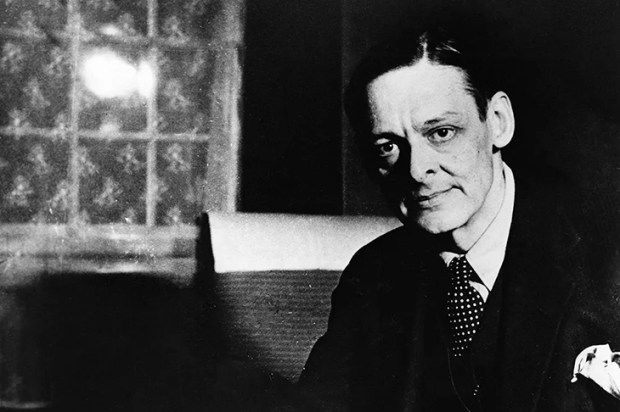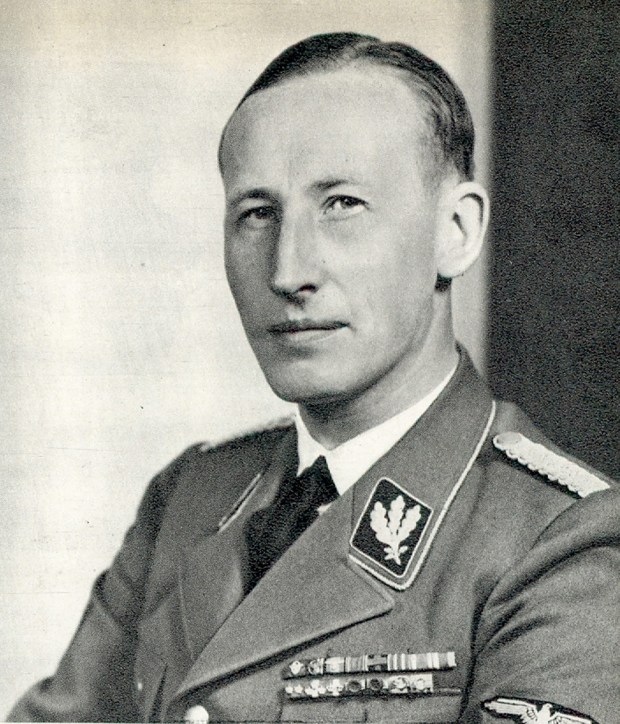It is often said that the age of letter-writing ispast. This forecast seems to me premature. Ihave edited three volumes of letters, in eachcase by writers labelled (though not by me)as ‘the last of their kind’. Yet here is anotherone, and I feel confident that more will follow. Few now write letters, but those whostill do tend to take care what they write.And it will be some decades before we haveused up the legacy of the living.
John le Carré, who died almost two yearsago at the age of 89, was one such. Hiswork is likely to be reassessed over the nextfew years and his place in the canon is notyet secure. But he is undoubtedly the pre-eminent spy writer of modern times, andarguably the definitive chronicler of the ColdWar. At his peak he was very good indeed.Philip Roth judged A Perfect Spy (1985) tobe ‘the best English novel since the war’. Asa novelist, le Carré aimed high, with Dickens as one of his models. Writing mattered tohim perhaps more than anything else.
So it is no surprise to find his letterswell-written and entertaining. In them he isby turns affectionate, touchy, encouraging,witty, self-deprecating, egotistical, kind andeven (as a young man) camp. The letters provide a narrative of his life from schooldaysonwards, so that it is possible to read thisbook as a form of autobiography – thoughreaders should be cautious of believingeverything he writes.
For one thing, he is looking over hisshoulder to posterity, almost from the start.‘I have decided to cultivate that intense, worried look and to start writing brilliant, untidy letters for future biographers,’ he writes,while he is still an obscure crime writer yetto taste success. Like a number of the otherletters in this volume, this one is illustratedwith a clever cartoon, a distinct bonus for thereader. (To my regret, he refused to allow meto use any of these in my biography, published in 2015.)
Some of the best letters in this collectionare written to one of the models for GeorgeSmiley, Vivian Green, and to Alec Guinness, who played the character on screen. Thelater ones tend to be less fun to read, especially those sent by email and typed by others, which are inevitably less personal. Buteven in some of those written by hand, thereis a sense of a newsletter, such as one mightexpect to receive folded inside a Christmascard – except that they detail not children’sGCSE results but le Carré’s film options andshooting schedules. One minor surprise isthat such a clever, well-educated man was apoor speller, writing ‘dilinquent’, ‘V. Wolfe’and ‘Rosenkranz & Guildenstein’. It seemsthat he was dyslexic, a fact that he keptquiet about.
In writing about le Carré, whose realname was David Cornwell, there is alwaysa problem of nomenclature. Though almostall the letters are signed ‘David’, the editor has taken the sensible decision to referto him by his pen name throughout – eventhough, as the youngest son of le Carré’s firstmarriage, he is referring to his father. Indeedone of the footnotes mentions his own birth.
Tim Cornwell, who died as this bookwas going to press, has proved an excellent editor. He has chosen carefully andfound some interesting letters that escaped me, particularly the ones to his stepmotherJane. He has arranged them thematically,with helpful introductions and explanatoryfootnotes. I should have liked a few more ofthese. Readers may realise that ‘Odders &Sodders’ is slang for le Carré’s publishersHodder & Stoughton; but how many willknow that Bosla is character in The Duchess of Malfi, or intuit that (as I assume)‘Flea’ is a nickname for le Carré’s eldestson, Simon? They might also like be toldwhether his American correspondent William Burroughs was the notorious WilliamS. Burroughs, author of The Naked Lunch,who admitted killing his second wife duringa drunken ‘stunt’. In fact he wasn’t, butI had to do some research to find this out.However, these are quibbles, and it is possible for an editor to provide too muchannotation rather than too little. Overall,Cornwell has done his father proud.
Had he still been with us to read it,le Carré might have been less delighted bysome of the revelations in a memoir by hisself-styled mistress Suleika Dawson. Shetells us, for example, that they spent theirfirst night together in Tim’s student bedroom. (At least he had changed the sheetsbeforehand.) What are we to make of suchintimate disclosures? No doubt some willfind them distasteful. But those interestedin le Carré will discover much fascinatingdetail in Dawson’s kiss-and-tell.
They first met in 1982, when he came intoa Soho studio to record an audiobook version of his recently published novel Smiley’sPeople, which she had condensed and adapted for the purpose. (Unlike most writers, leCarré was a superb reader of his own work.)There followed a long, flirtatious lunch atwhich he stroked her hand and kissed thetips of her fingers. Then he disappeared fromher life for almost a year, before they metagain to record another audiobook, this timeof The Little Drummer Girl. He inscribed acopy ‘For lovely Sue, who shortened it…’
Within days they were lovers. He was then52, married for 11 years to his second wife,Jane, with whom he had a young son –a sophisticated, seductive, handsome man, atthe height of his powers, with enough moneyto do anything he wanted.
Dawson was half his age, though she hadalready shown a penchant for older men, andindeed had dated and been briefly engaged tosomeone even older than le Carré, the comedy writer Jeremy Lloyd. (She does not tellus whether the novelist, who fancied himselfa candidate for the Nobel Prize for Literature, relished being next in line to the writer of Are You Being Served?) She becamehis mistress, accompanying him on tripsabroad, nibbling caviar, glugging Krug andluxuriating in five-star hotel bedrooms whilehe padded off to lie fluently to his wife onthe telephone. He bought a flat in St John’s Wood for their assignations, supposedly sothat he could work there undisturbed. On oneoccasion she arrived in high heels, a Burberry raincoat and nothing else.
As this anecdote suggests, there is plenty of sex in the story and, from what shetells us, that side of the relationship workedvery well. But everything else was tortured. The fear of discovery was a constantsource of tension, resulting in some excruciating scenes, one at a Greek airport, whereto his horror the cheating husband spottedone of his sons at a nearby carousel.
The secrecy involved meant they wouldalmost never meet without one or two datesbeing cancelled or re-arranged. And almostas soon as they began their affair, le Carréspoke of calling it off. ‘Shall we say it’sover?’ he asked her, towards the end of a stayon Greek island, after they had been together only a month. ‘Because it won’t ever get anybetter than this, my darling.’ Yet almost in thesame breath he claimed that she had becomehis muse, and agonised about leaving hiswife for her. ‘Hold on, my darling,’ he toldher over an illicit lunch. ‘It’s not going to beeasy and it’s not going to be quick… But I’mheading for the shore.’ For almost two yearshe would zigzag between these two contradictory positions, repeatedly setting decisiondates and then postponing these.
If all this sounds like a cliché, perhapsit was; but it must have been bemusing fora young woman, even one as intelligent andperceptive as Dawson. Le Carré had an oddhabit of addressing her in the third person, asif she weren’t present. ‘Would a girl like a little cottage so as to be handy for her lover, andmaybe a starter-kit car to get her there?’ Hesuggested a deux-chevaux; she would havepreferred a Golf and a flat in Chelsea.
After almost two years she managed tobreak it off; but 14 years later, in 1999, theyresumed, after she went to see him speak ata book event. The end came six months later,after she remonstrated with him for sendingher a wad of cash to buy a plane ticket ratherthan whisking her off, as he had done previously. It was perhaps too obvious a reminderof the reality of their relationship.
One conclusion that emerges from thisrather sad memoir is that what mattered mostto le Carré was whatever he was writing atthe time. Dawson was forced to endurethe constant threnody about the book, how everything and everyone was taking him away from it,including the time he spent with me. There wereunceasing complaints about his wife, his familyand whomever else he felt encumbered by, whichappeared to be everybody.
In different ways, these two books providea vivid sense of this complex, driven, unhappy man. During his lifetime le Carré guarded his privacy jealously. Now that he is dead,perhaps we can get to know him better.
Got something to add? Join the discussion and comment below.
You might disagree with half of it, but you’ll enjoy reading all of it. Try your first month for free, then just $2 a week for the remainder of your first year.













